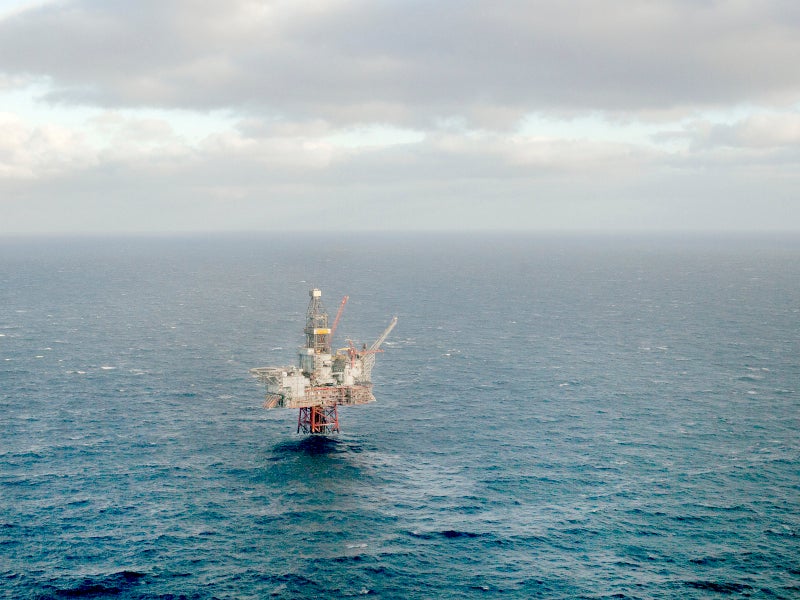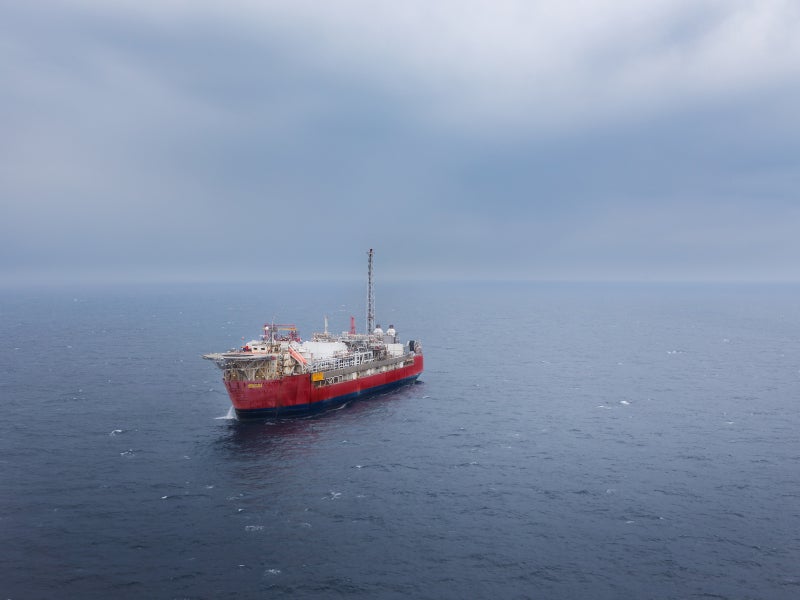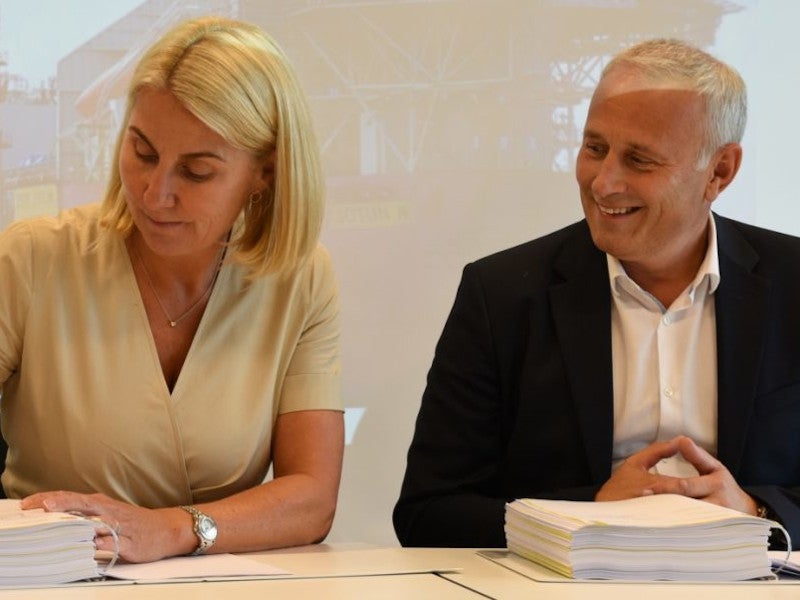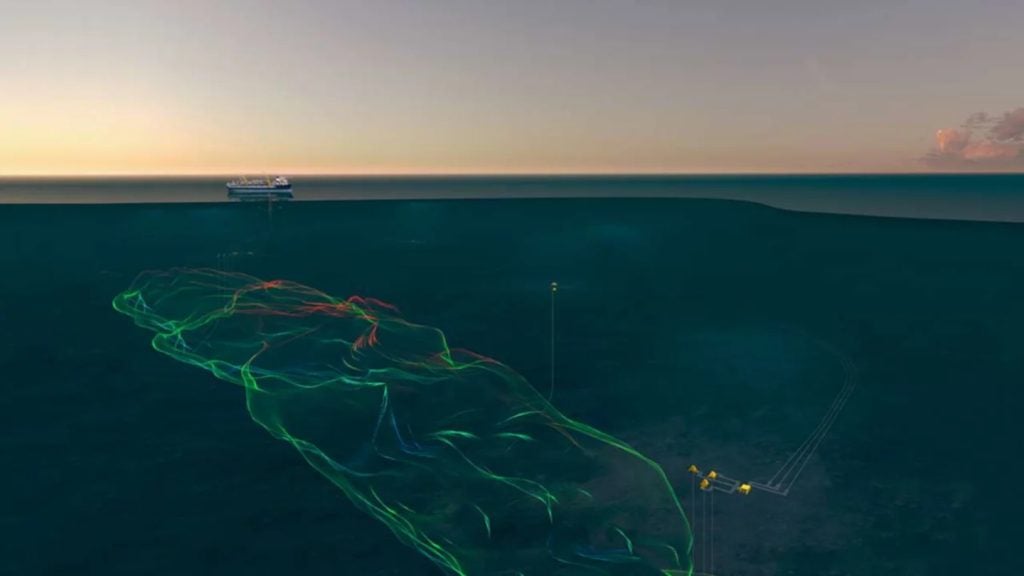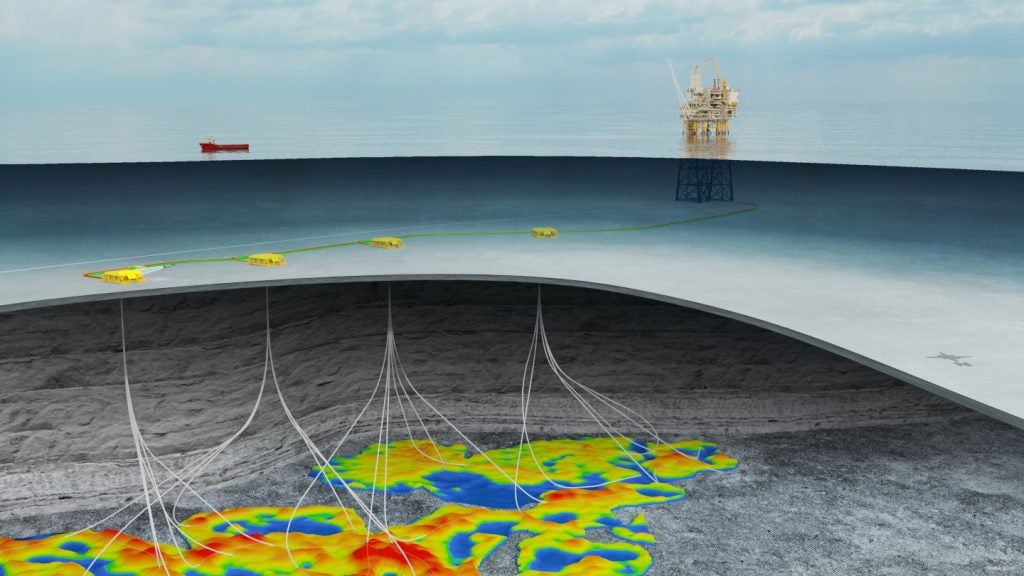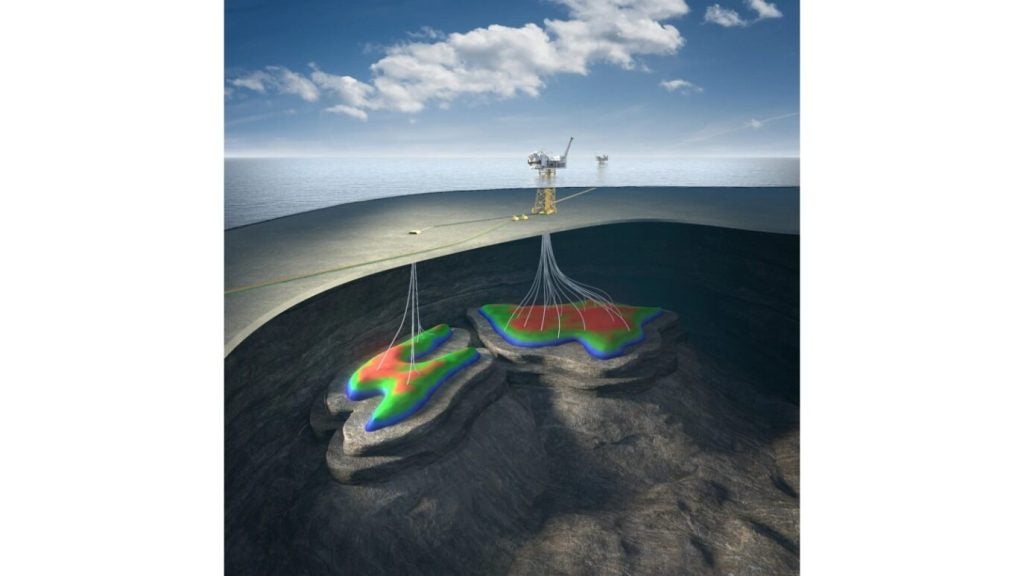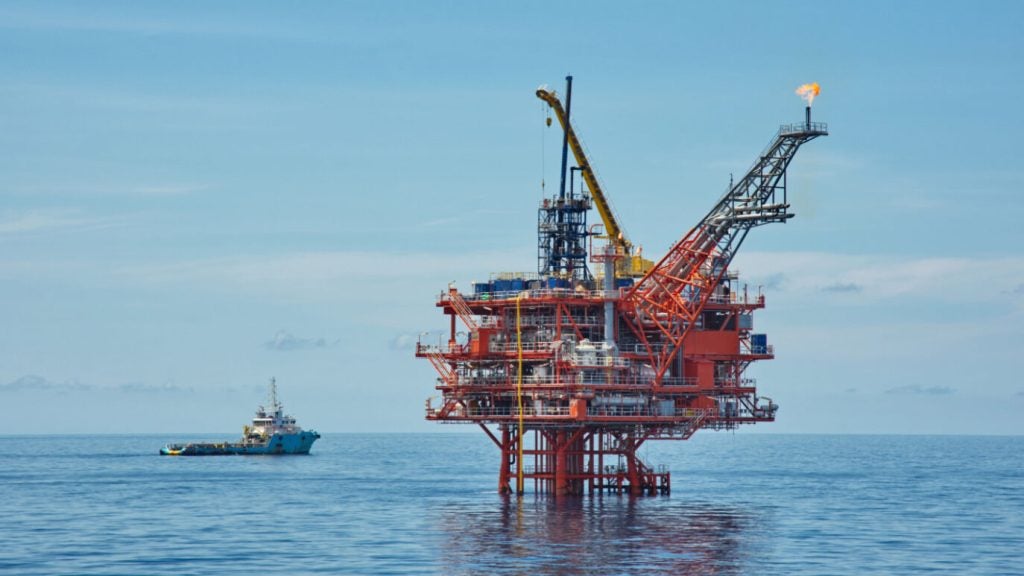Ringhorne field is an oil and gas field located in the North Sea, approximately 180km off the coast of Norway. The field is owned by Vår Energi (90%, operator) and Mime Petroleum (10%).
Ringhorne field commenced production in 2003 and produced 206 million barrels of oil equivalent (mboe) by the end of 2017.
The field is currently being redeveloped to recover additional reserves.
Ringhorne oil and gas field location
The Ringhorne field is located in production licenses 027 and 169 E in the Balder area of North Sea.
It is situated 9km away from the Balder floating production storage and offloading (FPSO) unit.
The field lies in a water depth of 125m with the reservoir depth being 1,700m true vertical depth (TVD) below mean sea level (MSL).
Ringhorne field discovery and history
The Ringhorne field produces from the Ty, Hugin and Hermod formations.
The Ringhorne Forseti prospect was discovered with the drilling of the 25/8-1 well in 1970, while the Ringhorne Jurassic was discovered by the 25/8-11 well in 1997.
Ringhorne West was discovered by the 25/8-C-20 well in 2003 and Ringhorne E5 was discovered by the 25/11-23 well.
A sales and purchase agreement was signed between ExxonMobil and Point Resources for the acquisition of ExxonMobil-operated Ringhorne in March 2017. The agreement transferred operatorship and asset ownership to Point Resources, making it the operator of the Balder and Ringhorne fields.
Point Resources merged with Eni Norge in 2018 to form Vår Energi, which is jointly owned by Eni (69.6%) and HitecVision (30.4%). Vår Energi sold its 10% stake in the Balder and Ringhorne fields to Mime Petroleum in August 2019.
Ringhorne oil and gas field development
The original Ringhorne development included a 24-slot platform and one stage of separation, with production tied to the Balder FPSO.
The Ringhorne Jurassic project was initiated in 2004 to increase production from the field. It enabled the Ringhorne field to utilise the available processing, storage and offloading capacity at the Balder and Jotun FPSO units.
The project involved the installation of a new process module on the Ringhorne Platform for first stage separation of Jurassic crude and an oil pipeline to direct production from Ringhorne Jurassic reservoir to the Jotun FPSO. A high-pressure gas pipeline was installed from the Balder and Ringhorne fields to the Jotun platform.
The Ringhorne development currently includes a platform with initial processing and water injection capabilities. It has ten producing wells, two water injectors for pressure support and one cuttings injector.
The produced oil and gas are directed to the Balder and Jotun platforms for final processing, storage and export. Additional gas from the field is exported by the Jotun FPSO via the Statpipe system to Kårstø for marketing in continental Europe.
Ringhorne field expansion
The Ringhorne field along with the Balder field is undergoing major redevelopment, under the Balder X project.
The redevelopment of the Balder and Ringhorne fields involves the extension of Balder FPSO’s life to 2030 and drilling of new production wells in the Ringhorne and the Balder field area.
The Balder X project aims to recover additional reserves of approximately 200 million barrels from the Balder-Ringhorne area. It will include the drilling of 13 new production wells and one new water injection well on the Balder field to recover 136Mboe.
The project will also involve the drilling of extra sub-sea infill wells and new wells from the Ringhorne platform.
The Jotun FPSO will undergo an upgrade and life extension for the redevelopment. It will be towed to shore in 2020 and will be repositioned in the area between the Balder and Ringhorne fields in 2022.
Vår Energi also plans to increase the reserves in the area through an exploration programme. The developments will continue without impacting the production of Balder and Ringhorne fields.
The total investment for the Balder X project is estimated to be Nkr19.6bn ($2.17bn).
Contractors involved
The front-end engineering and design (FEED) contract was awarded to Aker Solutions for the lifetime extension of the Jotun FPSO.
Seadrill Norway Operations was contracted to provide its West Phoenix drilling rig for the Balder X project.
A consortium of Baker Hughes, a GE company (BHGE) and Ocean Installer was awarded the engineering, procurement, construction and installation (EPCI) contract for sub-sea systems.
Rosenberg Worley was awarded an EPCI contract for the lifetime extension of the Jotun FPSO.

